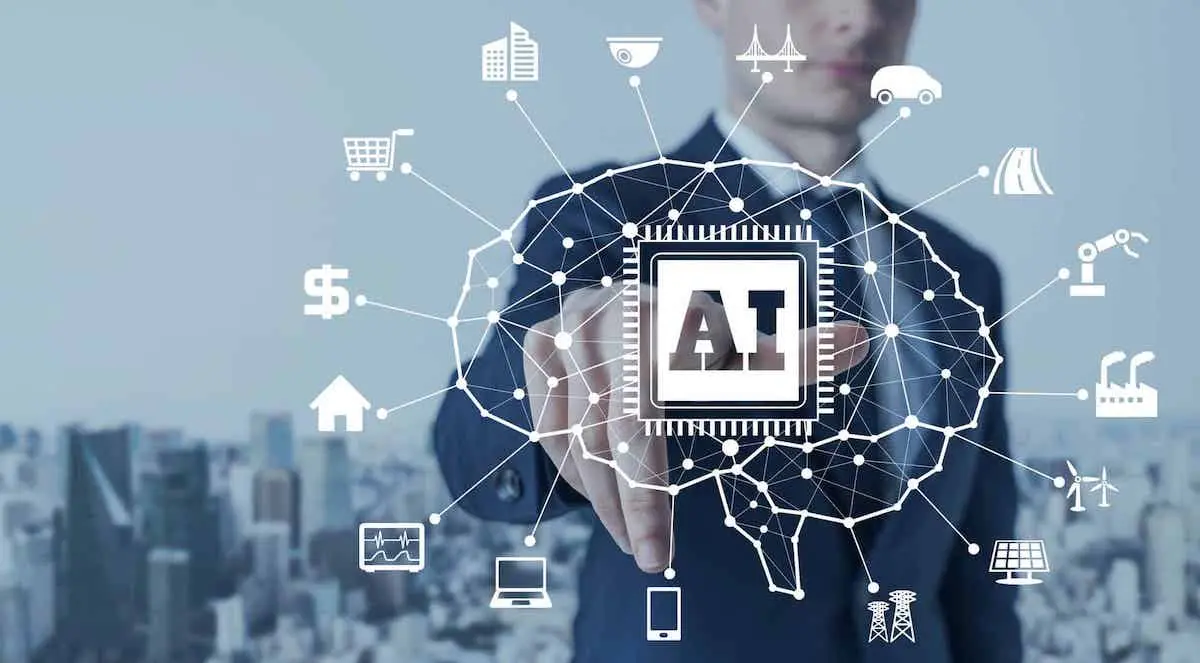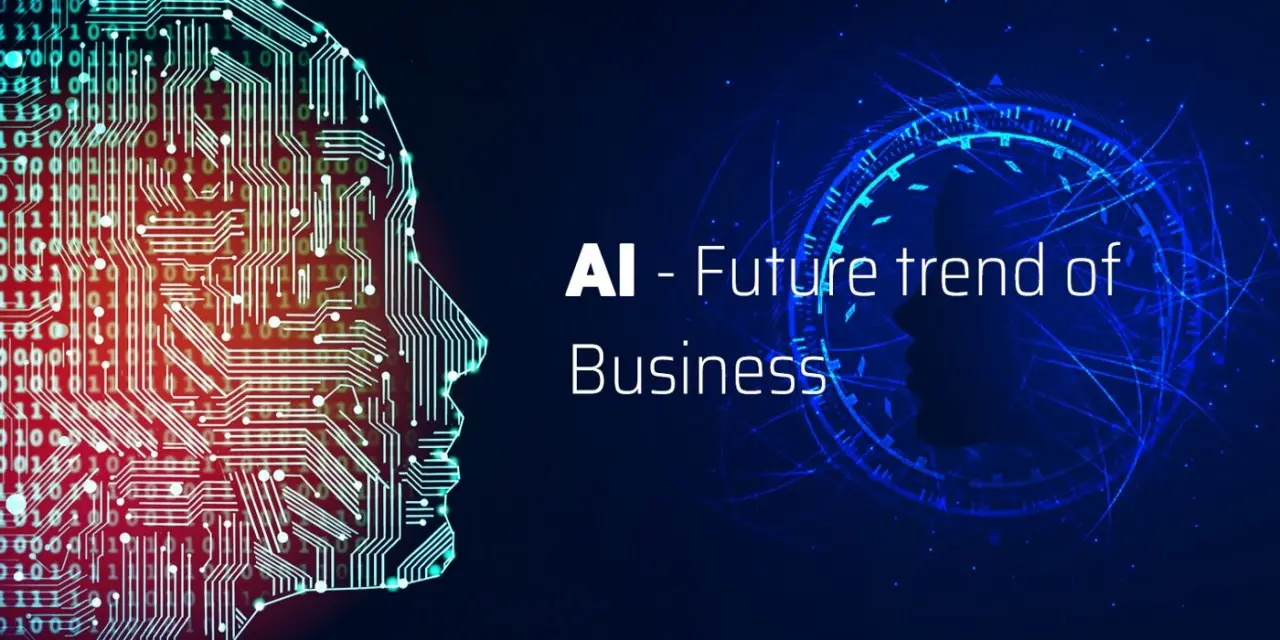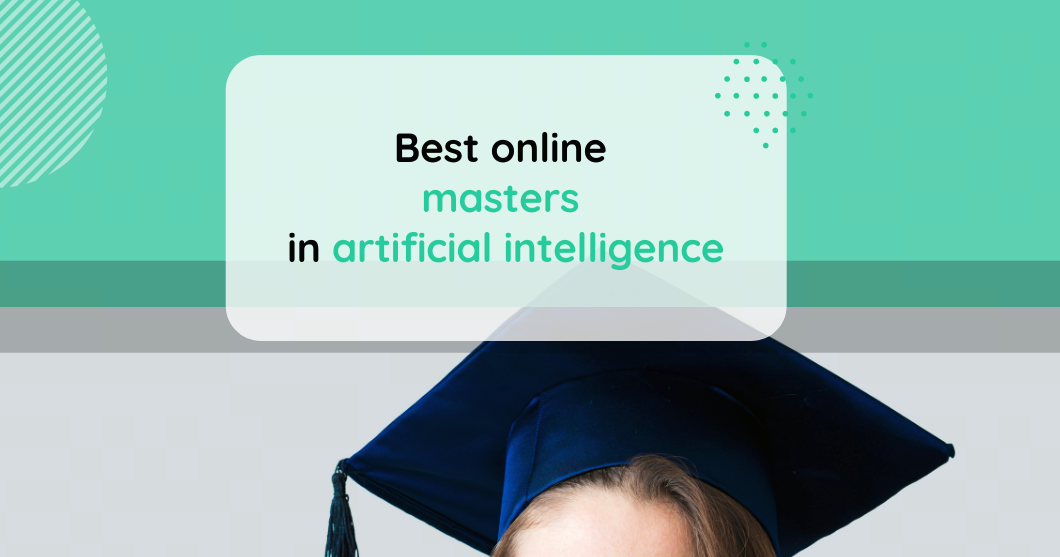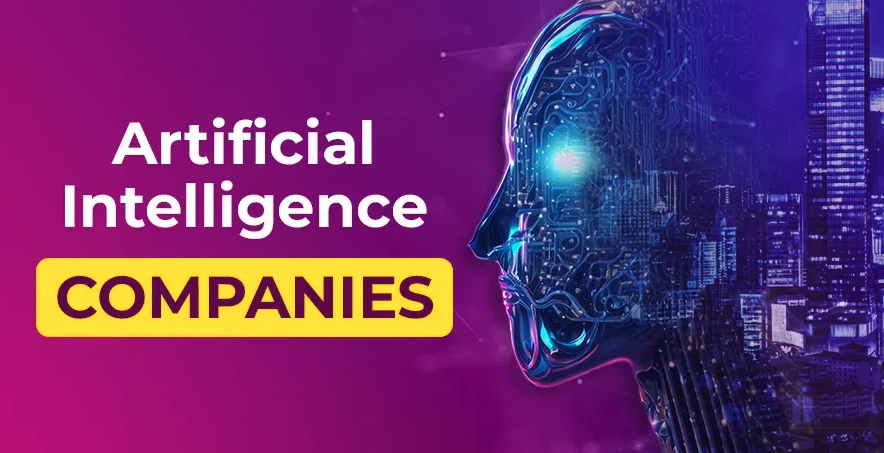
1. AI-Powered Customer Support Solutions
In the world of business, customer satisfaction is a key driver of success. AI-driven customer support platforms such as chatbots and virtual assistants are enhancing customer service operations by providing round-the-clock support, handling inquiries, and solving problems without human intervention.
How It Works:
AI systems use Natural Language Processing (NLP) and Machine Learning (ML) algorithms to understand and respond to customer queries in real-time. These systems can handle simple questions, process orders, and resolve common issues, while more complex issues are escalated to human agents.
Benefits:
- 24/7 availability.
- Reduced wait times.
- Cost reduction by reducing the reliance on human agents.
Example:
Zendesk and Intercom offer AI-powered support systems that enable businesses to automate customer service tasks, enhancing overall efficiency.
2. AI for Personalization in Marketing
AI is transforming how businesses interact with customers through personalized marketing. By analyzing customer data, AI tools can deliver tailored messages, product recommendations, and targeted advertisements, resulting in a more engaging customer experience.
How It Works:
AI platforms analyze customer behavior, purchase history, and browsing patterns to predict what a customer may be interested in. This allows businesses to send highly personalized emails, product recommendations, and social media ads that are more likely to convert.
Benefits:
- Improved customer engagement through targeted campaigns.
- Higher conversion rates due to personalized offers.
- Optimized marketing budgets by targeting the right audience.
Example:
Shopify and HubSpot use AI to segment customer data and personalize marketing campaigns, leading to a significant increase in customer retention.
3. AI-Powered Data Analytics
The ability to turn data into actionable insights is one of the biggest advantages of AI. With the help of AI, businesses can analyze large sets of data to uncover patterns, trends, and customer behavior, ultimately helping them make better decisions.
How It Works:
AI tools use Machine Learning and Deep Learning algorithms to identify trends, anomalies, and insights from vast amounts of data. These platforms can also perform predictive analytics, which forecasts future trends based on historical data.
Benefits:
- Data-driven decisions that are more accurate and timely.
- Predictive insights that help businesses stay ahead of the competition.
- Better customer segmentation and targeting.
Example:
Google Analytics and Tableau leverage AI to analyze user behavior and provide businesses with actionable insights, improving overall marketing strategies.
4. AI for Supply Chain Optimization
AI plays a crucial role in optimizing supply chain operations by forecasting demand, predicting inventory levels, and optimizing shipping routes. It can automate and streamline operations, improving both efficiency and accuracy.
How It Works:
AI models can analyze historical sales data, current market trends, and external factors (like weather patterns) to predict demand. This enables businesses to adjust inventory levels and optimize delivery schedules in real-time.
Benefits:
- Reduced stockouts and excess inventory.
- Cost savings through optimized logistics and shipping routes.
- Improved forecasting that leads to better resource allocation.
Example:
Amazon uses AI to optimize its supply chain, predicting demand and ensuring the right products are stocked and delivered on time.
5. AI for Fraud Detection
In the world of finance, fraud detection is a critical concern. AI is increasingly used to monitor transactions, identify suspicious behavior, and prevent financial fraud by analyzing patterns and anomalies in real-time.
How It Works:
AI systems can detect unusual patterns in transaction data and flag potentially fraudulent activities. By analyzing historical data, AI can learn to recognize legitimate behavior and identify outliers that may indicate fraud.
Benefits:
- Real-time fraud detection.
- Reduced financial losses by preventing fraudulent transactions.
- Improved security for customers and businesses.
Example:
PayPal uses AI to monitor transactions and detect any irregularities, safeguarding users and preventing fraud.
6. AI for Human Resources and Recruitment
Recruitment can be time-consuming and biased. AI is being used in HR to streamline recruitment processes, automate resume screening, and match the right candidates to the right roles based on data-driven insights.
How It Works:
AI tools analyze resumes, job applications, and online profiles to match candidates with job descriptions. These platforms use Machine Learning algorithms to rank candidates based on their qualifications, experience, and cultural fit.
Benefits:
- Faster hiring process with automated screening.
- Reduced bias in recruitment through data-driven decisions.
- Improved candidate matching, leading to better hires.
Example:
HireVue uses AI to analyze video interviews, ranking candidates based on their responses and helping HR teams identify the best talent quickly.
7. AI for Predictive Maintenance
For businesses that rely on equipment and machinery, predictive maintenance powered by AI is a game-changer. By monitoring the health of machines and predicting when they will fail, businesses can avoid costly downtime and improve operational efficiency.
How It Works:
AI systems use IoT sensors and machine learning to monitor the condition of equipment and predict when maintenance is required. The system can analyze factors such as temperature, vibration, and usage patterns to forecast potential breakdowns.
Benefits:
- Reduced downtime through proactive maintenance.
- Extended equipment lifespan by identifying issues before they cause failure.
- Lower maintenance costs due to fewer emergency repairs.
Example:
General Electric uses AI to predict maintenance needs for industrial equipment, ensuring that machinery runs smoothly and reducing unexpected failures.
8. AI for Automation of Routine Tasks
Businesses spend a significant amount of time on repetitive tasks, such as data entry, invoicing, and scheduling. AI can automate these processes, freeing up valuable time for employees to focus on higher-level work.
How It Works:
AI tools such as Robotic Process Automation (RPA) can handle routine administrative tasks by following predefined rules. These systems can perform repetitive tasks more efficiently than humans, with less error.
Benefits:
- Increased productivity by automating low-value tasks.
- Cost reduction through workforce optimization.
- Improved accuracy by eliminating human errors.
Example:
UiPath and Automation Anywhere are AI platforms that help businesses automate various administrative and back-office tasks, enhancing overall efficiency.
9. AI for Virtual Shopping Assistants
In the retail industry, AI-powered virtual shopping assistants are helping customers find products, make recommendations, and guide them through the purchasing process, all in real time.
How It Works:
AI assistants use Natural Language Processing to understand customer queries and help them find products based on their preferences. They can recommend similar products, suggest deals, and assist in completing the checkout process.
Benefits:
- Improved shopping experience with personalized recommendations.
- Higher conversion rates through guided shopping.
- 24/7 customer support for online shoppers.
Example:
Macy’s On-Call is an AI-powered assistant that helps shoppers find products, check prices, and navigate the store using their smartphones.
10. AI for Smart Manufacturing
AI is revolutionizing the manufacturing industry by enabling smart factories. AI applications in manufacturing include quality control, inventory management, and supply chain optimization, all of which increase operational efficiency.
How It Works:
AI-powered systems use machine learning and vision systems to monitor production lines and identify defects. These tools can detect even the smallest anomalies in production, ensuring the highest quality products.
Benefits:
- Improved product quality through automated quality checks.
- Increased efficiency through smart scheduling and inventory management.
- Cost savings by minimizing waste and downtime.
Example:
Siemens uses AI to power smart factories, where machines communicate with each other and adapt production processes to optimize performance and reduce waste.
Conclusion
AI is undeniably transforming business operations across industries. From customer service and marketing to HR, fraud detection, and manufacturing, the potential of AI in business is limitless. By implementing AI applications, businesses can drive efficiency, reduce costs, enhance customer experiences, and improve overall performance in 2025 and beyond.
Embracing AI isn’t just about staying competitive—it's about leading innovation in your industry. The key to success in 2025 lies in adopting AI tools that align with your business needs and unlocking the full potential of these technologies.



